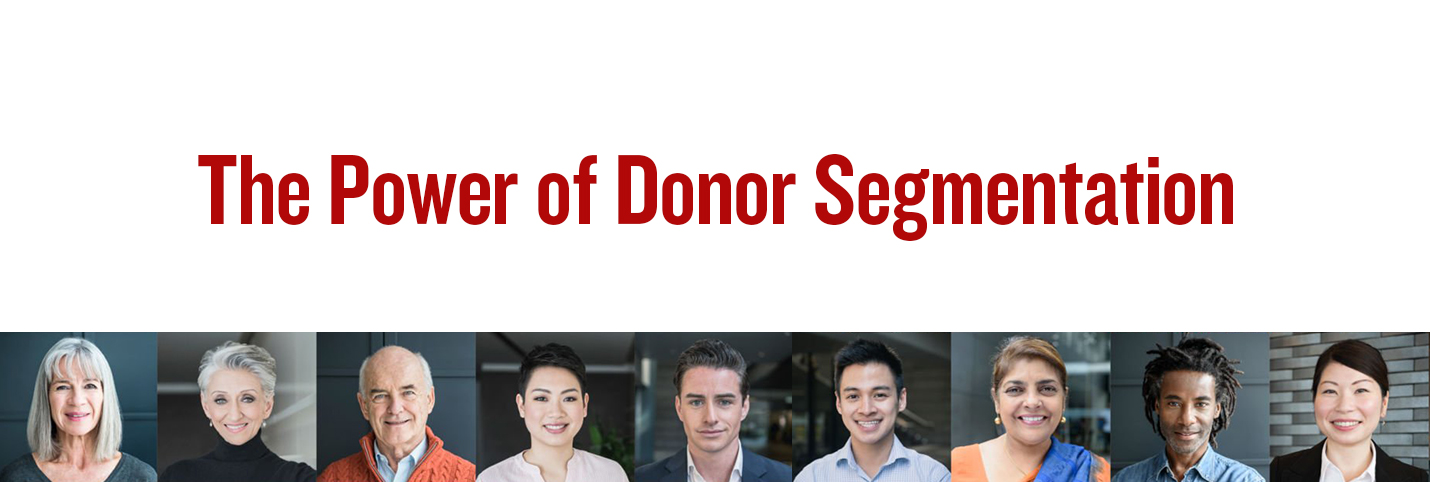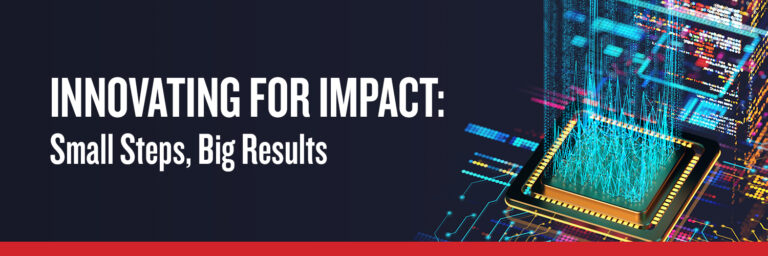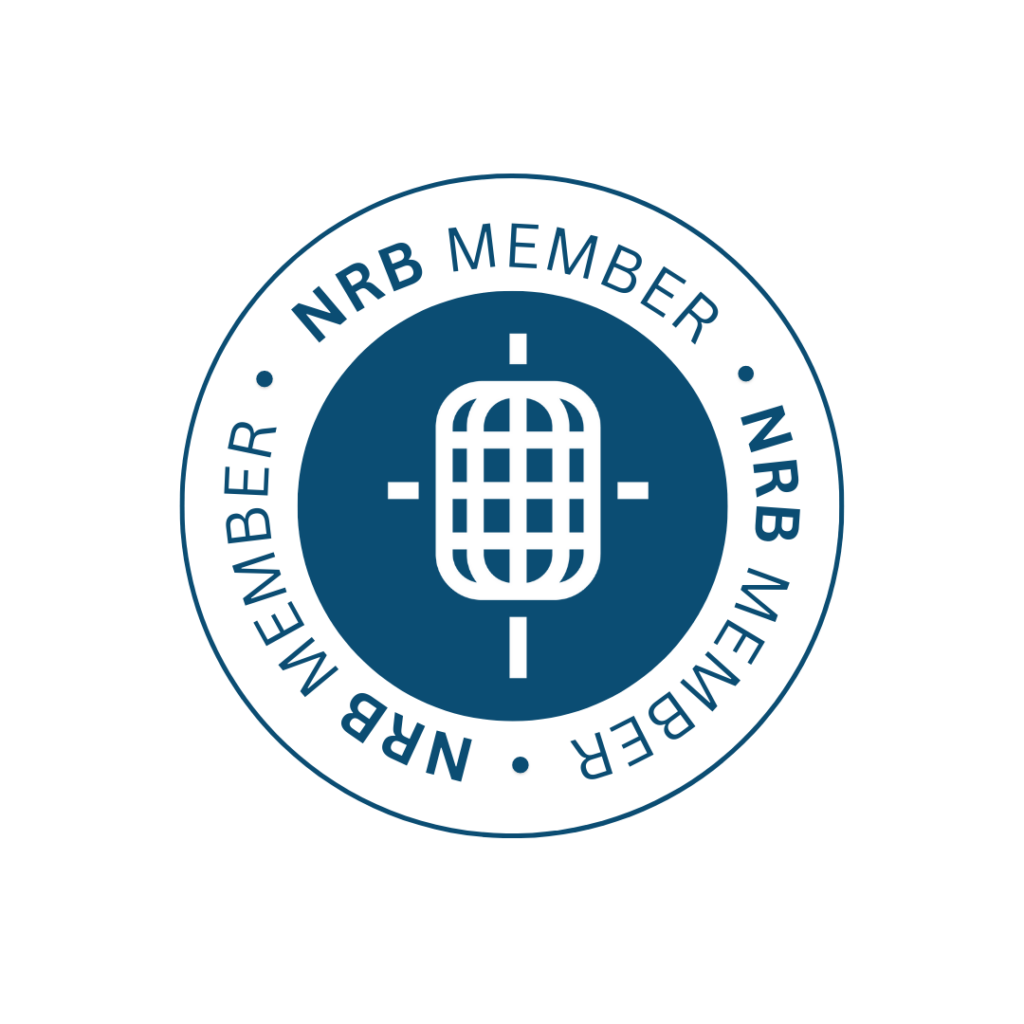The Power of Donor Segmentation
SENIOR CONSULTANT,
CLIENT SERVICES
In fundraising, success isn’t just about casting a wide net. It takes precision—connecting with the right donors, with the right message, at the right time. The key? Donor segmentation—dividing the donor file into categories with unique characteristics that help you better understand donor giving patterns, their relationship to your organization, and specific areas of interest.
Now let’s explore why donor segmentation is so vital for building meaningful donor relationships and how it can help you achieve your fundraising goals.
Understanding Donor Segmentation
Donor segmentation isn’t a one-size-fits-all solution. It’s a versatile approach that tailors fundraising strategies to specific donor groups. This practice helps nonprofits forge personal connections, which strengthens relationships. When you invest time in stewarding your donors, documenting their preferences, and tailoring communications, it leads to increased giving and solidifies their commitment to your mission and vision.
Boosting Donor Giving
Raising donor contributions often starts with identifying specific patterns your donors exhibit in their giving, or reviewing the capacity they may have for targeted or increased asks. Here are some steps to consider:
- Identify donor capacity and encourage them to stretch their giving.
- Create gift tables to upgrade giving in donors with greater capacity.
- Analyze past gifts to target asks effectively.
- Specify areas of need or amounts to encourage higher-level donations.
Identifying Donor Interests
Segmentation can also help you identify donor responsiveness patterns and areas of their past engagement. This data then allows you to tailor future communications to their specific interests, which not only shows you understand your donors, but it can deepen their commitment to your organization, thus helping you achieve your fundraising goals.
For instance, just last year, a client we serve launched a major campaign to raise funds for their camp program. Using their segmentation data—and the learnings from their donors’ interests and giving levels—we worked together to build a robust plan with tailored communications for each donor group that led to increased response rate, higher average gifts, and ongoing engagement. This ultimately led to the organization exceeding their fundraising goal!
Engaging Monthly Sustainers
Donor segmentation isn’t just about targeting the big donors. It also helps organizations identify and engage with their frequent givers. Recognizing these patterns lets you invite donors into a consistent relationship as monthly supporters, which is the bedrock—the foundation—of your donor file. By identifying your monthly sustainers, you can better tailor communication to show your appreciation and encourage longevity in their giving by sharing the impact of their generosity.
Ultimately, fundraising is about building meaningful relationships; it’s about creating opportunities for donors to partner with you in being a part of what’s right with the world. But it starts with truly knowing your donors—their interests, their capacity, and their engagement preferences—so you can communicate the right message at the right time for the right results.
That’s why your donor segmentation is so critical. It’s not a one-time effort, however. It’s an ongoing process that will strengthen your donor relationships over time, which can lead to significant improvements in your fundraising growth.

